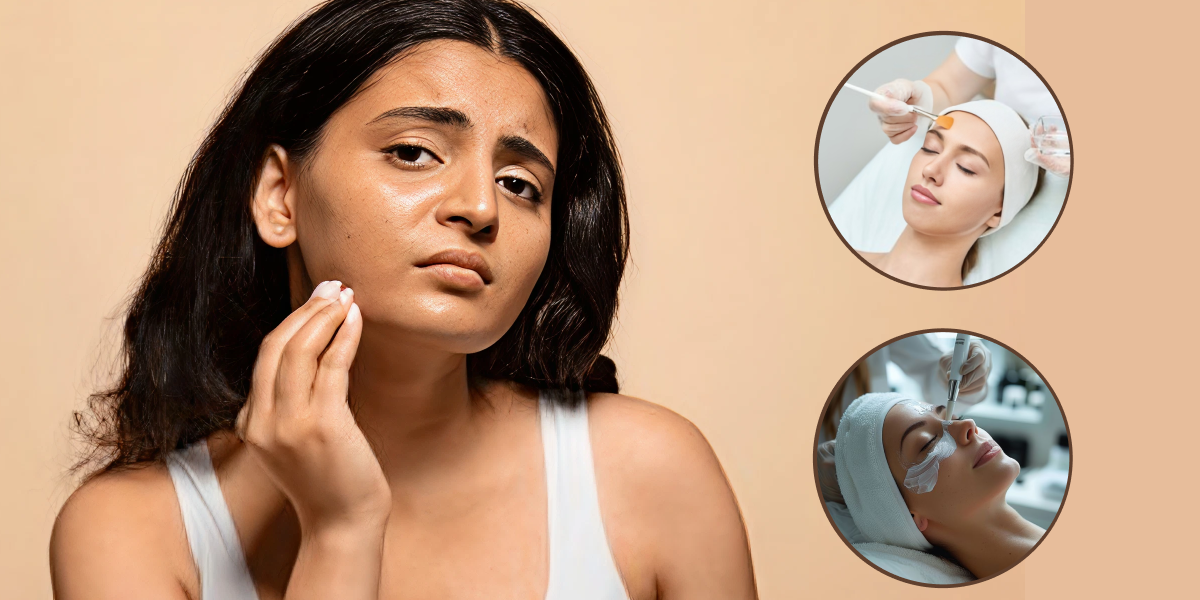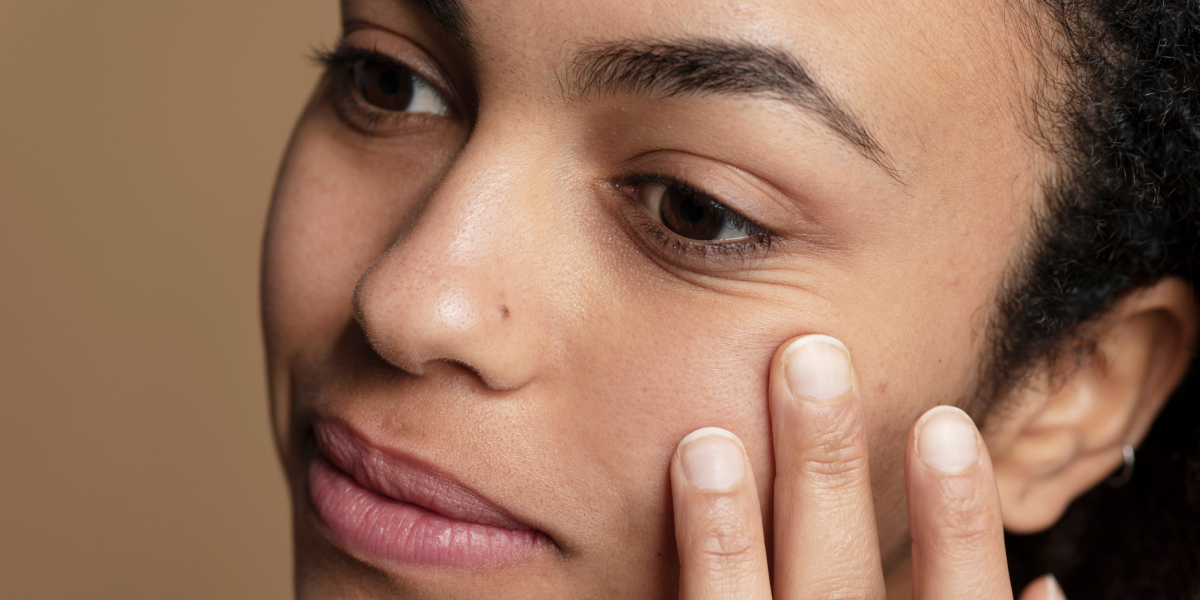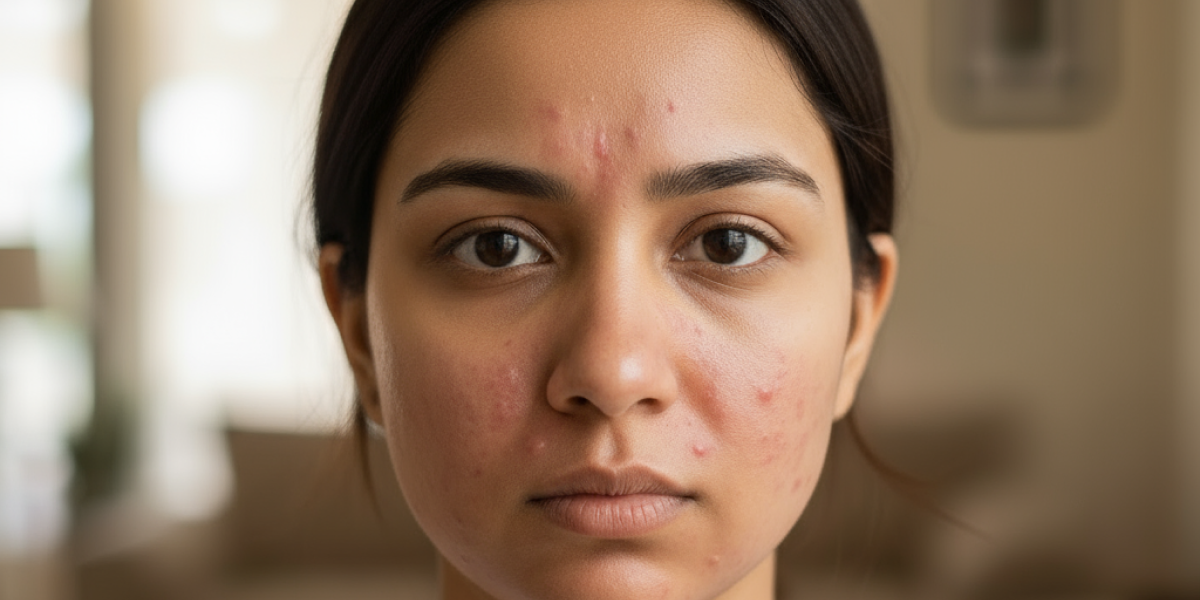
Winter is often a tricky season for your skin. Cold winds, dry indoor heat, and lower humidity can leave your skin feeling tight, flaky, and dull. If you’ve been thinking about getting a medifacial or chemical peel during the colder months, you may have come across some myths saying it’s “not safe” in winter. But how much of that is actually true?
Let’s clear the confusion and separate myths from facts so you can enjoy healthy, glowing skin this winter.
Myth 1: Medifacials and Peels Should Only Be Done in Summer
Fact:
Many people believe that chemical peels and medifacials are only safe during warm months. In reality, winter can be the perfect time for these treatments. With less sun exposure, your skin is naturally less prone to pigmentation and UV damage, which can make recovery safer and more effective.
Tip: Use sunscreen every day, even in winter, to protect your skin post-treatment.
Myth 2: Peels Will Damage Dry Winter Skin

Fact:
It’s true that winter skin tends to be drier, but that doesn’t mean peels will harm it. The key is choosing the right type of peel and following proper aftercare. Superficial and gentle chemical peels or hydration-focused medifacials can revive winter skin, remove dead cells, and boost hydration without irritation.
Tip: Talk to your skincare professional about hydrating peels or enzyme-based medifacials that are winter-friendly.
Myth 3: Skin Needs to Be Oily for Medifacials and Peels to Work
Fact:
This is a common misconception. Medifacials and peels can be customized for all skin types, whether dry, sensitive, or combination. In fact, winter dryness makes treatments that restore hydration and repair the skin barrier even more valuable.
Tip: Look for medifacials enriched with hyaluronic acid, ceramides, or peptides to nourish your skin post-treatment.
Myth 4: Winter Treatments Cause Breakouts or Irritation

Fact:
When done correctly by a professional, medifacials and peels are safe in winter and often reduce breakouts rather than causing them. Winter air can make pores clogged and skin dull, but treatments help exfoliate gently, clear impurities, and maintain smooth texture.
Tip: Always follow your provider’s post-treatment instructions — avoid harsh scrubs or prolonged sun exposure and moisturize diligently.
Myth 5: You Don’t Need Treatments in Winter Because the Skin Isn’t Exposed to Sun
Fact:
Even if you stay mostly indoors, your skin still faces environmental stress — indoor heaters, cold winds, dry air, and pollution. Winter treatments like medifacials and gentle peels help repair damage, maintain hydration, and enhance skin radiance. Skipping skincare because of the season may leave your skin dull and dry.
Tip: Combine professional treatments with a winter-friendly skincare routine — gentle cleanser, hydrating toner, serum, and rich moisturizer.
✅ Key Winter Treatment Tips
- Hydration is essential: Choose treatments that focus on moisture and barrier repair.
- Gentle exfoliation: Opt for mild peels or enzyme-based medifacials to avoid irritation.
- Follow post-treatment care: Avoid harsh products and always use SPF.
- Consistency matters: Combine your treatment with a daily routine to maximize results.
- Consult a professional: Your skin type and sensitivity should always guide treatment choice.
Winter doesn’t have to be a season of dry, dull skin. In fact, it can be the best time to invest in medifacials and peels. By understanding the myths and following proper post-treatment care, you can restore hydration, reduce dullness, and keep your skin glowing all season long.
The truth is simple: winter treatments are safe, effective, and ideal for maintaining healthy skin. Don’t let seasonal myths stop you from getting the glow you deserve.
